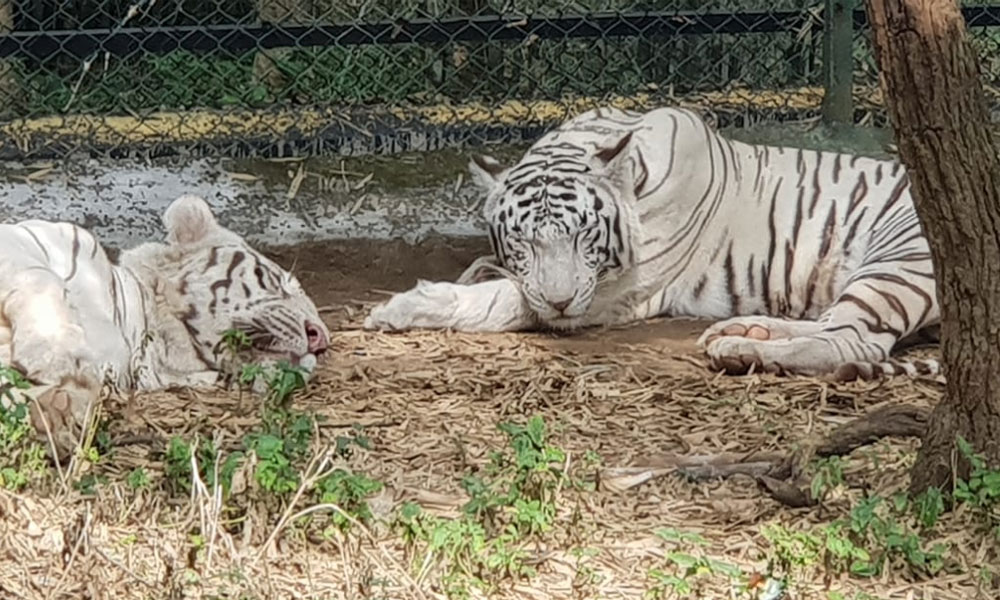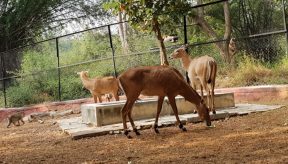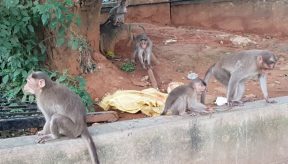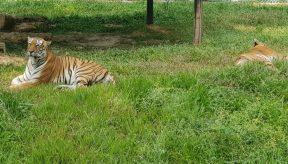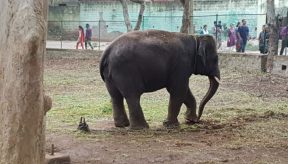Reduction in the eco-sensitive Zone of the Bannerghatta Park to become a threat for wildlife
The notification recently passed by the state government for reducing the Eco-Sensitive Zone (ESZ) around the Bannerghatta National Park by 100 sq km is affecting the wildlife. An ESZ is an area where the setting up of industries and operations are restricted and act as a shock absorber by providing a protective shield to the park.
The ESZ of the area has been cut down from 269 sq km to 169 sq km for infrastructural and mining projects. The reduction of this zone will have an adverse effect on both wildlife and the people. This decision will have severe consequences for the whole of the city as it is an important part of Bangalore.
With deforestation at large, this step against nature would create problems like shortage of water. Levels of carbon dioxide will go up, making a huge negative impact on the ecosystem of the area.
KK Balakrishnan, a local resident said, “There have been cases of animals barging into our villages and people getting injured at times. If the area is reduced, the tree cover will definitely get reduced as well, and more problems will arise. In the recent past, the number of industries around the area has gone up and that affects both people and wildlife,”
Sivarudra, a forest official said, “The cutting down in the area of the ESZ will adversely affect the wildlife. Every Sunday near the park, illegal quarrying and blasting take place and this has a great impact on the animals. It will also become a big problem for the elephant corridor.”
Akshay Heblikar, an environmentalist and Director and Trustee of EcoWatch, said, “Bannerghatta is the most important and most crucial part of Bangalore. It is the lung support system of the city as well as of the surrounding areas. The reduction in the ESZ of the protected area will have adverse effects on both wildlife and people. The park is one of the biggest catchment areas for rainwater and if the ESZ reduces, the catchments will shrink and the rainwater storage will be reduced.”
“This, in turn, will lead to a huge water shortage in the city, as the amount of water collected will decrease. Bannerghatta is a highly sensitive area with a lot of good biological diversity. The reduction will also bring down the number of trees around the area, which will lead to elevated carbon emission levels in the environment. This fragile ecosystem acts as a hotspot and helps in carbon dioxide absorption.”
Heblikar also mentioned how “It will increase the issues of man-animal conflict and this will become a big issue for the villagers around. The elephants, bears and other animals cannot be confined to a restricted area and this will affect their movements.”
“If the corridor becomes restricted, there is a high chance that this human-animal conflict will be more frequent in the future, creating an imbalance.”

